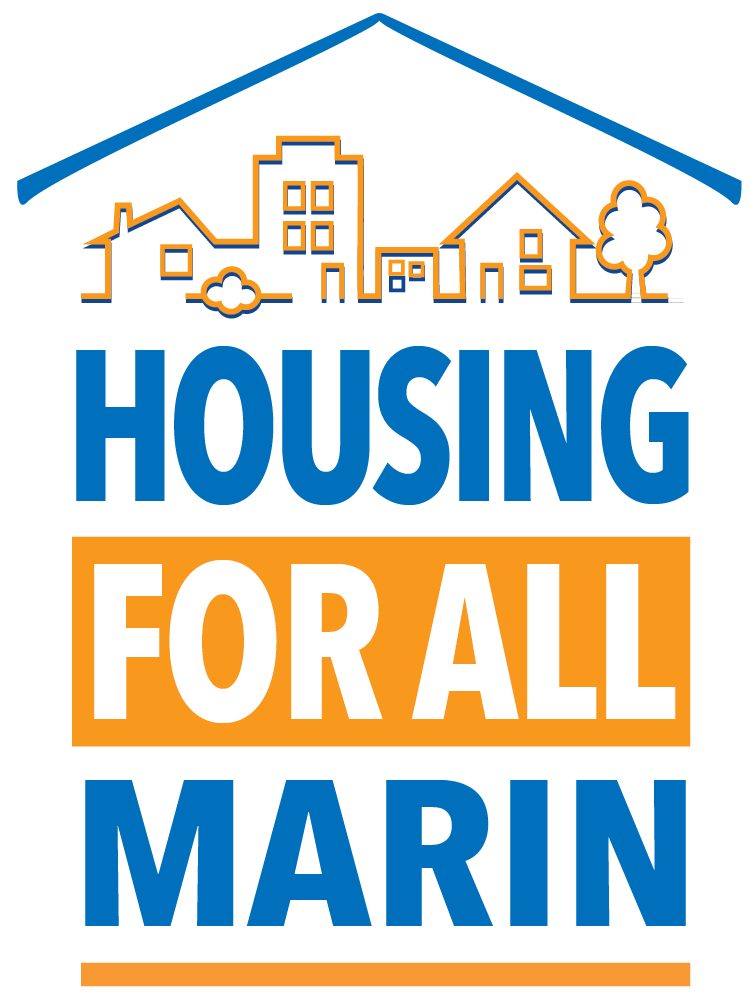Housing for stable communities
One of the most common concerns about affordable housing is that it will somehow fundamentally tarnish our community. Yet if we truly love and want to maintain the vibrancy of Marin – a place of beautiful towns, low crime, world-renowned schools, and unparalleled health – it’s time to face facts. Our lack of basic affordable housing infrastructure is undermining all that we love.
AFFORDABLE HOUSING CREATES SAFER, MORE STABLE COMMUNITIES.
Housing prices create homelessness: Many people believe that homelessness is the result of mental illness and/or addiction. It is not. The #1 predictor of homelessness is housing prices, so we need to act now to ensure our community’s residents remain housed.
Affordable homes create stable communities: Modern affordable housing projects are mixed-income and, unlike certain transitional shelters, have strict rules against drug use and antisocial behavior. In fact, in Marin, a person making $104,000 would qualify on the low-income end of the spectrum in any affordable development.
Affordable housing is proven anti-crime infrastructure: One 2011 Cornell paper found that affordable housing dramatically slashed violent crime in the surrounding area with no increase in property crimes, while one UC Irvine study of new affordable projects in wealthy Orange County neighborhoods found they decreased almost all types of crime.
PRESERVING DESIRABILITY:
Affordable housing enables local small businesses to thrive: A 2011 study by the Marin Economic Forum found that our inability to house our workforce caused a $1.4 billion loss in potential revenue to local businesses as those potential residents moved elsewhere.
Our lack of affordable housing raises our costs: To compensate for high home prices and a limited workforce, everything in Marin is more extensive. United Way estimates we each pay $14,000 more annually for our non-housing basics because of our affordable housing crisis.
Affordable housing is key for teachers and nurses: Without affordable homes to shelter key staples of our workforce such as teachers and nurses, everything from our schools to our healthcare system will struggle to maintain quality and high service levels.
Sprawl is a drain on taxpayers: Suburban sprawl costs the US over $1 trillion annually, as places like Marin are forced to spend exponentially more on basic construction components such as wiring, lumber, pavement, and heating than we would with denser development.
Affordable housing is beneficial for property values: One meta-analysis found that of nine prominent studies of new affordable housing projects, seven determined they slightly increased property values in the surrounding area.

